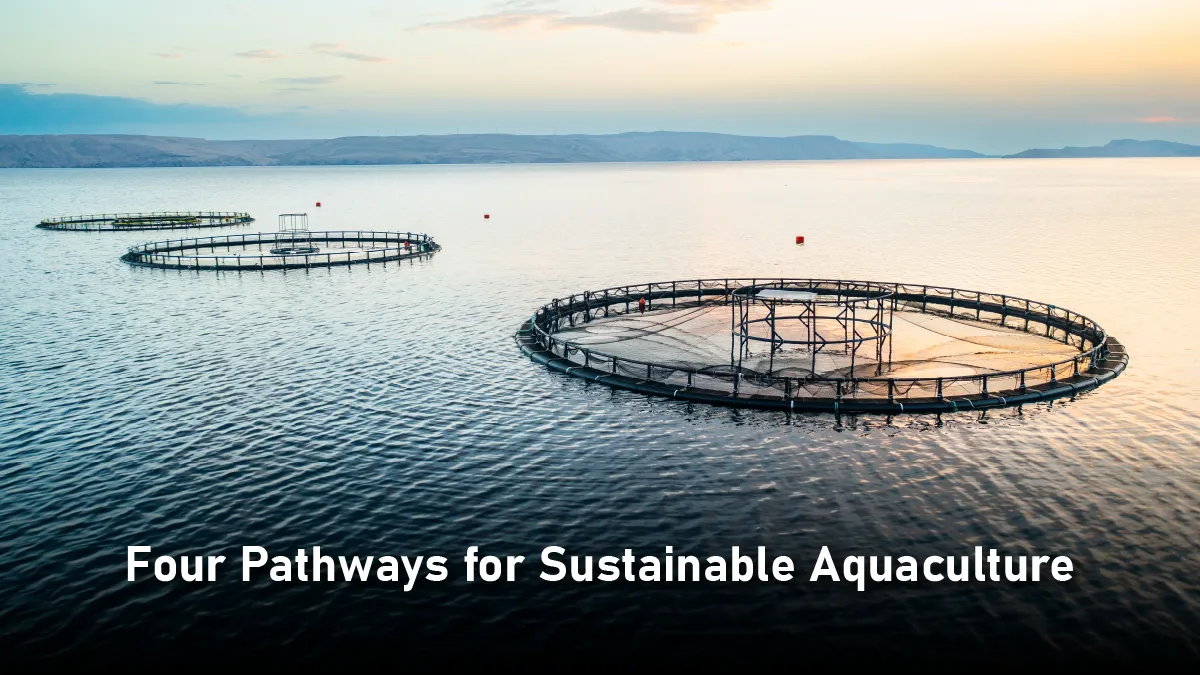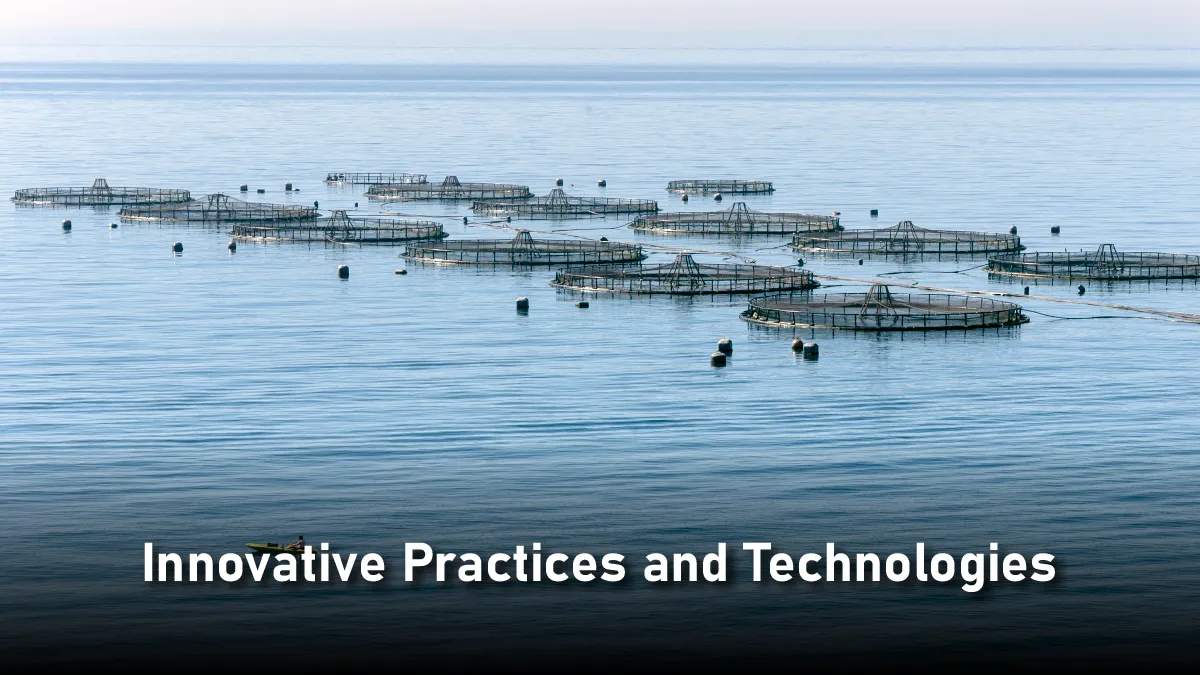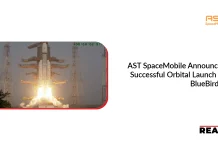Sustainable aquaculture has emerged as a critical solution to the growing demand for seafood while addressing environmental concerns. As the world’s population continues to rise, so does the pressure on fisheries to meet global food security needs. However, traditional aquaculture often faces challenges. These include overfishing, pollution, and habitat destruction. Sustainable aquaculture focuses on practices that minimize these environmental impacts while ensuring the long-term viability of marine resources.
Let’s explore the principles of sustainable aquaculture, its benefits, and how innovative practices are shaping the future of this essential industry.
What is Sustainable Aquaculture?
Sustainable aquaculture emphasizes social, economic, and environmental sustainability to enhance capacity building and make efficient use of land for the aquaculture industry.
Aquaculture offers a variety of species and systems, like fish and seaweeds. It can help improve food production systems and incomes in many rural and peri-urban areas. It also involves very different patterns of resource use. Approximately 90% of all aquatic animal production in 2030 will be for human consumption, a 15% rise from 2020.
Four Pathways for Sustainable Aquaculture

The Global Sustainable Aquaculture Roadmap takes a comprehensive approach. It outlines four major, actionable pathways. They can significantly improve aquaculture’s sustainability.
● Responsible production
Aquaculture can provide a sustainable, long-term source of nutritious food. But, it must be done with a planet-first approach. To increase the resilience and nutritional content of blue foods, it is essential to preserve the diversity of aquaculture species and systems. It is necessary to create, encourage, and share production innovations and best practices that increase supply variety, promote inclusive growth, improve nature-positive outcomes, and advance global biodiversity goals.
● Improving livelihoods
The risks and benefits for those involved in the aquaculture industry are currently unbalanced. Decisions that affect the well-being of communities and stakeholders in the industry’s value chains are often ignored. Aquaculture offers opportunities. But, more work is needed to secure them, especially for women and young people. Rebalancing disparities, fostering community cooperatives and collaboration, lowering poverty, and creating a more equitable sector for everyone depends on systemic transformation throughout industry value chains.
● Healthy consumption
Access to blue foods varies across the globe. Making these foods more available and affordable is key to sustainable aquaculture. Advocates ought to educate food service providers, distributors, and retailers about the advantages of consuming a range of blue foods. Businesses must find ethical ways to ensure all customers can benefit from these vital nutrients.
● An enabling environment
Future generations will have a strong foundation if the proper conditions are established for aquaculture operations to advance positively. Creating stakeholder partnerships can enhance governance strategies and sector-wide communication. To promote investment and enforce more inclusive and ethical behaviors, policies at all levels—from the local to the global—are required. These investments can fund data-sharing platforms and innovations that show sustainable growth strategies.
Also Read: An Introductory Guide to AgBiotech for 2024
Innovative Practices and Technologies

Despite this, the aquaculture sector is evolving. New, creative tech and management techniques aim to reduce their environmental impact. These advancements center on resource consumption, pollution, and ecological disturbance.
Integrated Multi-Trophic Aquaculture (IMTA): By mimicking natural ecologies, IMTA systems allow for the simultaneous rearing of numerous species, offering an inventive solution to this problem. When bivalves and seaweed are raised with fish, the fish can absorb excess nutrients. They also filter and purify the water. It lowers the possible harm to the environment while generating a different source of income from a variety of goods.
Recirculating Aquaculture Systems (RAS): These systems, in which fish raised for food swim in land-based tanks while the water is continuously filtered and recycled, also hold some promise. RAS makes fish farming more responsible. It lowers water use, reduces disease risk, and prevents species escape. Placing these systems near urban areas can cut the transport sector’s carbon footprint, which is linked to maritime products.
Open Ocean Aquaculture: Another excellent method for sustainable seafood production is open ocean aquaculture. To maximize fish production in deeper seas, this system uses: heavy-duty submersible pens, smart sensors, effective underwater feeders, subsea networks, user-friendly software, and predictive modeling. This technology enables stronger harvests, healthier fish, and less environmental impact. It also yields higher returns on investment.
The development of alternative feeds is another significant advancement in aquaculture. To ease the strain on wild fish stocks, scientists are seeking plant-, insect-, and algae-based feeds as alternatives to fish meal and oil. The nutritional profile of aquatic foods may likewise be improved by these substitutes.
Why is Sustainable Aquaculture the Ultimate Solution?
There are various reasons why sustainable aquaculture is urgently needed.
First, the world’s population is growing at an alarming rate, and this is driving up demand for food.
Aquaculture can produce fish and seafood faster than traditional fishing. So, it offers a way to meet the growing demand for food.
The Food and Agriculture Organization FAO estimates that malnutrition affects around 870 million of the 7.1 billion people on the planet.
Second, wild fish populations have been drastically reduced by pollution and overfishing, forcing global aquaculture to fill the demand for seafood.
Sustainable aquaculture practices can help maintain wild fish. They lessen the strain on wild fish populations.
Thirdly, a resilient and sustainable food production system is required because of the impact that climate change is having on wild fish populations and the oceans.
Aquaculture can help combat climate change. It does this by raising fish in controlled environments. This reduces reliance on wild fish, which are affected by shifting ocean conditions.
Lastly, sustainable aquaculture can help preserve ocean biodiversity and wild fish habitats.
The seas’ economic balance is vital for sustainable seafood production.
Wrapping it Up
Sustainable aquaculture is a promising way to ensure a stable, eco-friendly seafood supply. The industry can reduce its environmental impact and help food security by adopting eco-friendly practices. These include integrated multi-trophic aquaculture, responsible feed use, and efficient resource management. As technology and research evolve, this aquaculture will be vital. It will balance global seafood production with preserving marine ecosystems.




